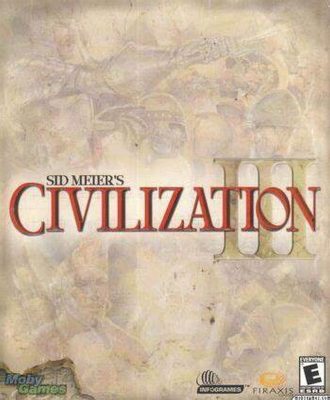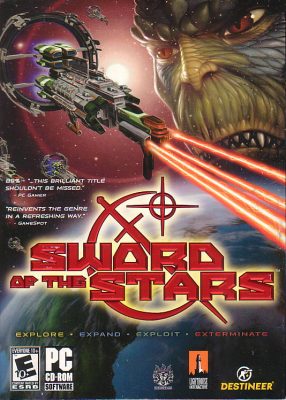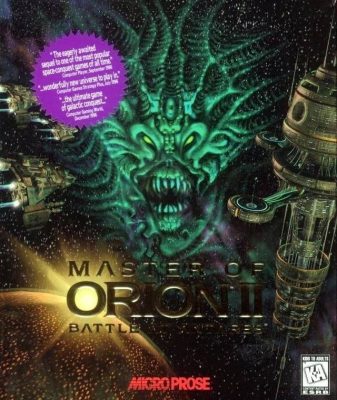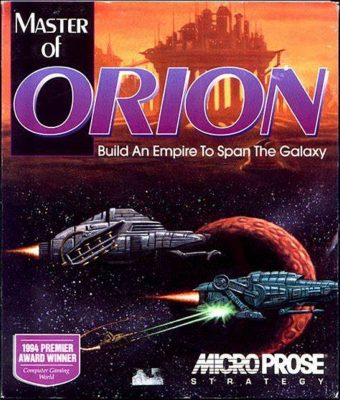Retrospective of Civilization III
“Dominate the world through diplomatic finesse, cultural domination, and military prowess.” -Giant Bomb
By Patrick S. Baker

Introduction
After, shall we say, the mixed critical and commercial reception of 1999’s Civilization II: Test of Time, which has an aggregate of only 66% on Metacritic, famed game developer Sid Meier and his company, Firaxis, immediately set to work on another Civilization game. Originally, the development of the game that would become Civilization III (Civ III) was given to Brian Renyolds, the man behind the highly successful base Civilization II game. However, Renyolds left Firaxis before development really got rolling to start his own company, so the assignment was handed to game designer Jeff Briggs and game programmer Soren Johnson.
Briggs was an experienced game designer, and one of the three founders of Firaxis, along with Reynolds and Meier. Briggs had previously helped design such games as Colonization and Civilization II. He also held a PhD of Music Theory and had written the original music for many of Microprose games.
Johnson had gone to work at Firaxis after an internship at Electronic Arts (EA). He was assigned as the primary game programmer for Civ III under Briggs direction. Johnson joined the development team with just 16 months left to finish the game. Still, he rewrote much of the game’s code, with his main focus was on the its Artificial Intelligence (AI).

 “SolForce’s official motto was “Per Ardua Ad Astra” (Latin: “Through Hardship, The Stars”), but its real motto was “Repensum Est Canicula” (Latin: “Payback is a Bitch”).”
“SolForce’s official motto was “Per Ardua Ad Astra” (Latin: “Through Hardship, The Stars”), but its real motto was “Repensum Est Canicula” (Latin: “Payback is a Bitch”).” During the six years between the release of Master of Orion II: Battle at Antares and the release of Master of Orion III, the PC gaming world proved to be something of a Hobbesian trap for game developers and publishers, that is to say: “…. poor, nasty, brutish, and short.”
During the six years between the release of Master of Orion II: Battle at Antares and the release of Master of Orion III, the PC gaming world proved to be something of a Hobbesian trap for game developers and publishers, that is to say: “…. poor, nasty, brutish, and short.” By Patrick S. Baker
By Patrick S. Baker By Patrick S. Baker
By Patrick S. Baker